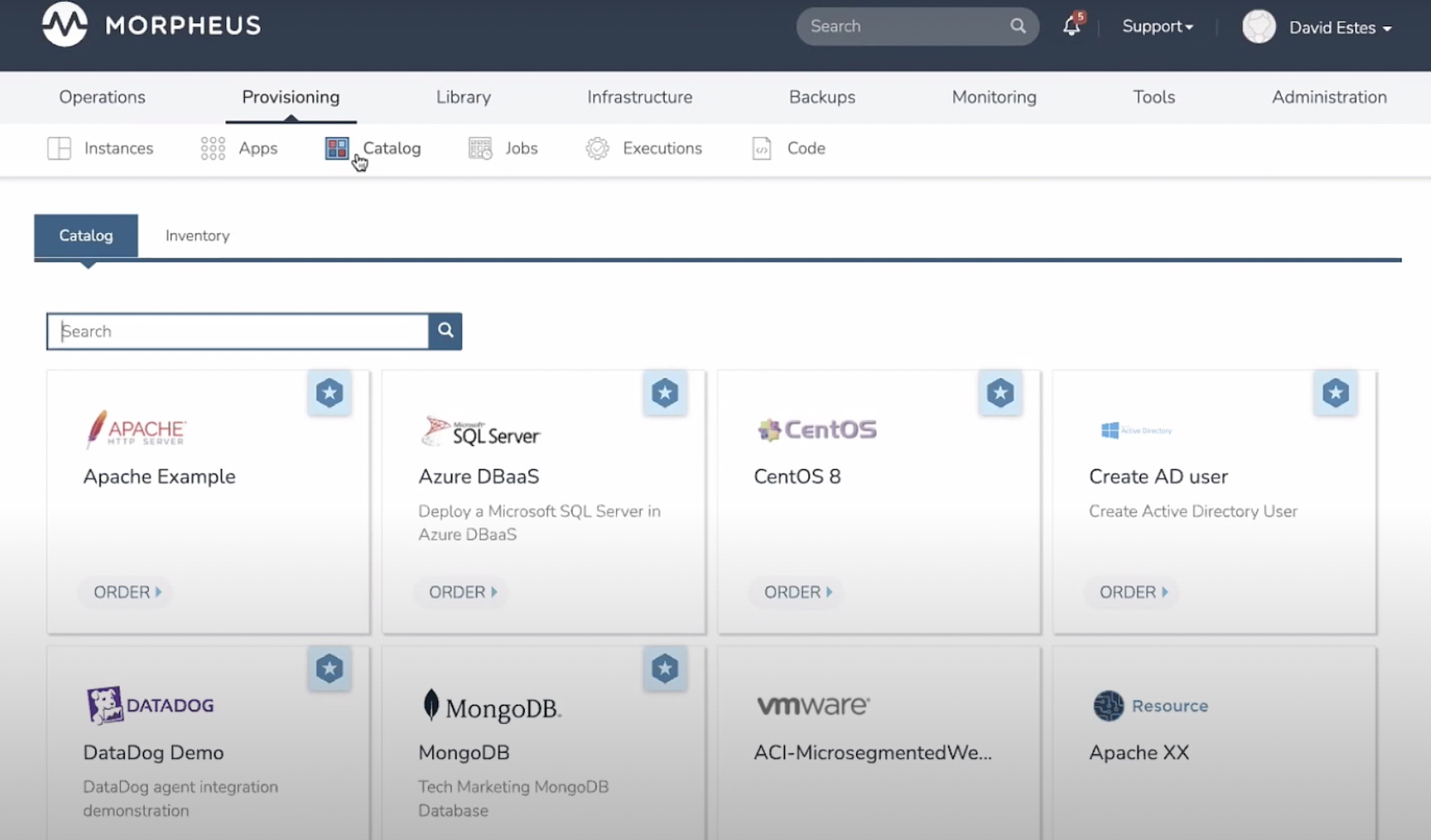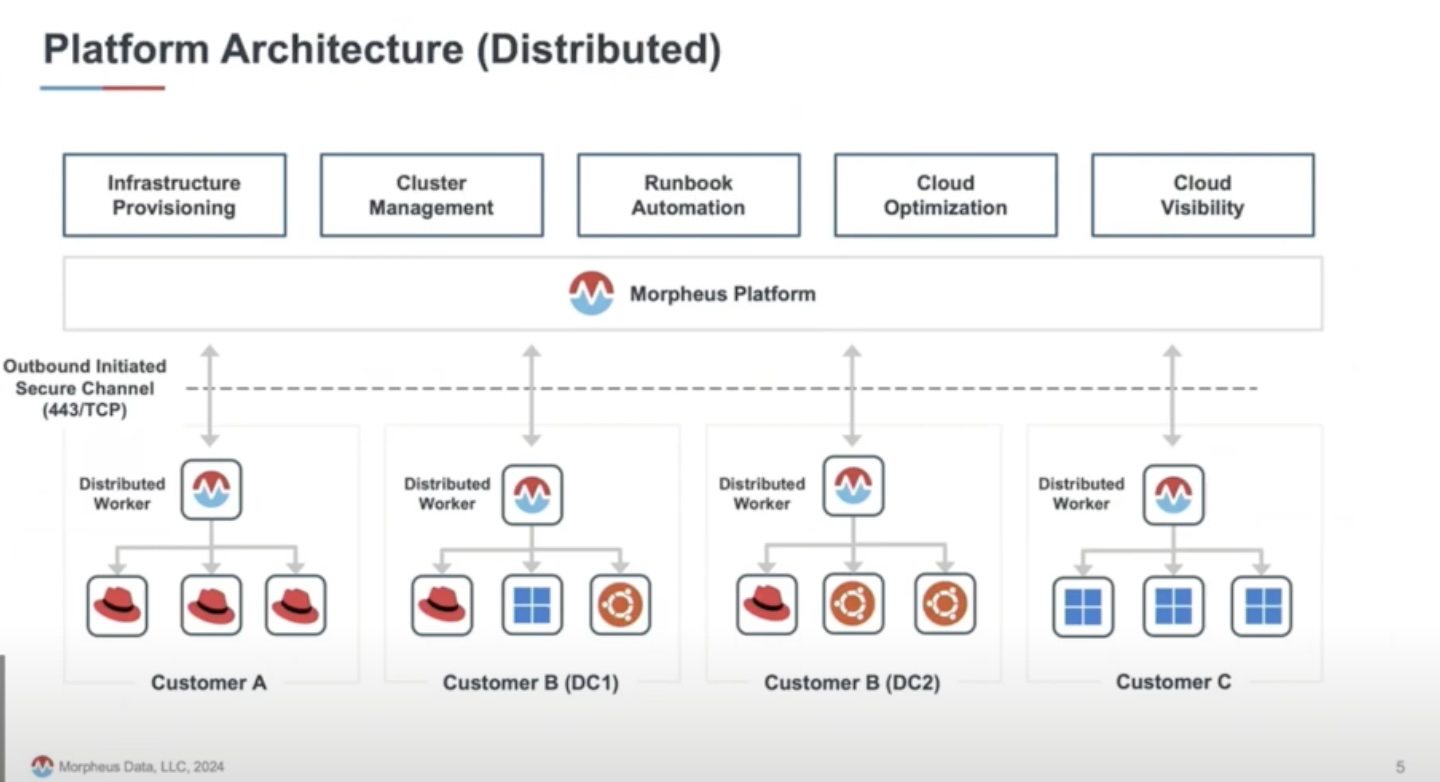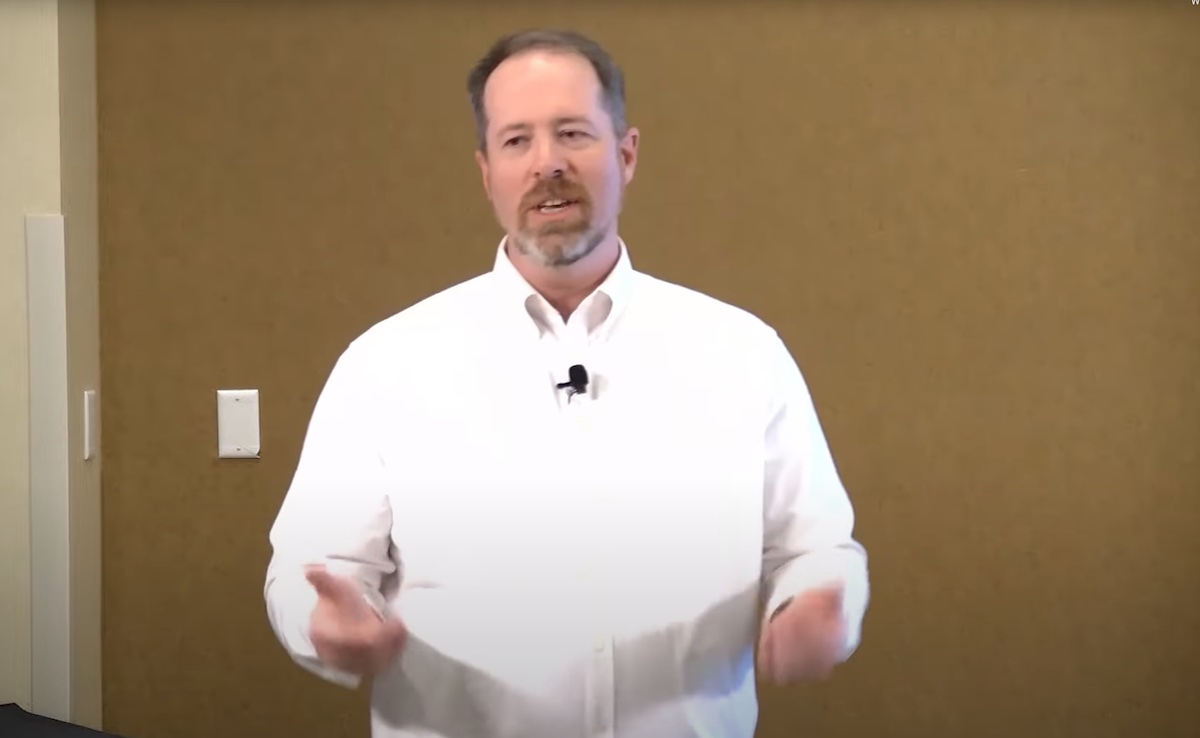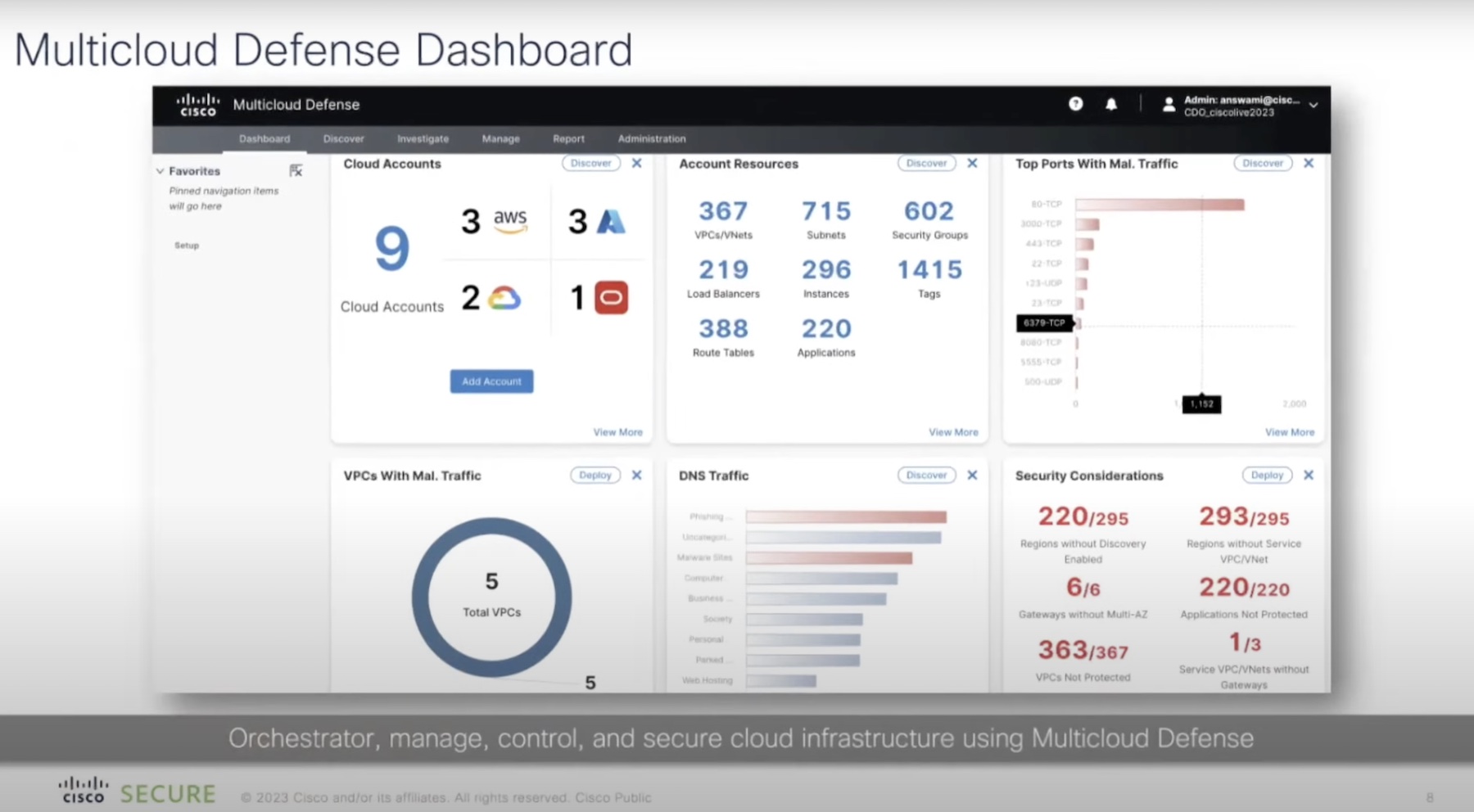The rapid rise of hybrid multi-cloud has led most organizations to consume multiple public cloud offerings at the same time with private cloud resources. A befitting approach when one has so many choices, but without an operational gameplan, multi-cloud can cast a long shadow over operations.
In the past couple years, a plethora of off-the-shelf solutions have made their way into the market promising agile implementation of multi-cloud. Out-of-the-box, these solutions claim to make the daunting project of workload repatriation less cumbersome and low-tech for teams. But as appealing as those sound, there are trade-offs, the biggest of which is extensibility.
Using these solutions often forces a company to give up certain desired features for out-of-the-box ones, and shape their needs around the solutions’ limitations making sacrifices in the long run.
Improving Usability
Their shortcomings have prompted companies to search for more tailored solutions that take into consideration the unique needs of organizations and the users within them. The Morpheus Data platform is an adaptable solution that offers users the options to use it upfront, or customize it to fit their needs.
Built on top of a highly extensible framework, the platform offers hundreds of custom plugins that can turn it into a bespoke solution, made to order for whatever the business requirements are.
On their fifth Field Day appearance at the recent Cloud Field Day event, Martez Reed, Director of Technical Marketing, and the team at Morpheus Data, walked the audience through the many ways in which the platform can be extended outside of its out-of-the-box feature set.
“We sell change. When we’re out talking to enterprises about moving into developer self-service that touches on a lot of parts of the organization, we’re exposing different aspects of the platform to different personas. That can eliminate friction between teams, but it also exposes a lot of historical friction in the enterprises, and the environments that they’re working with,” said Brad Parks, CPO, CMO, addressing the audience.
Built with the vision of bringing siloed teams together, the Morpheus platform is “architected to simplify the consumption of hybrid cloud infrastructure, container cluster and automation tools so organizations can eliminate friction and modernize applications,” remarked Mr. Reed.
The Morpheus Platform is packaged as a Linux distribution and can be installed both on premises and in the public cloud. It allows customers to leverage cloud-native services while using it. “It supports a highly available architecture to be deployed, as a number of our customers leverage the public cloud. They are able to leverage cloud-native services like Azure, AWS and various others to offload that management burden,” said Mr. Reed.
With extensibility in its DNA, the platform offers flexibility from get go. Its modular service architecture comprises of services and subservices that are broken down and separated for ease of development, extensibility and pluggability.
The Morpheus platform’s underlying plugin framework provides an integration point allowing the core platform to be expanded to accommodate additional functionalities. “We are looking at ways to provide the best of both worlds – provide that solid foundation, but allow extensive customization for that base platform too,” he said.
Optimize and Reconfigure with Plugins
At the presentation, Mr. Reed highlighted some key areas where the company is seeing continued adoption and use of custom plugins. The platform’s reporting capability is at top of that list. Out of the box, Morpheus offers over 30 reports, but users can extend the inherent capabilities by adding additional reports for slicing and dicing a specific piece of data, for example.
One of the platform’s most exciting features is a highly extensible UI. The platform’s 6.x LTS release which came out last year includes a brand-new dashboard that comes with the ability to customize the look and feel of the landing page. Users can customize freely by adding features like new tabs, catalogue layouts and dashboards.
“A number of our customers, in particular service providers, like to manage the way in which they interact with their customers and users, but they don’t want the care and feeding and the build-out of the platform,” Mr. Reed said.
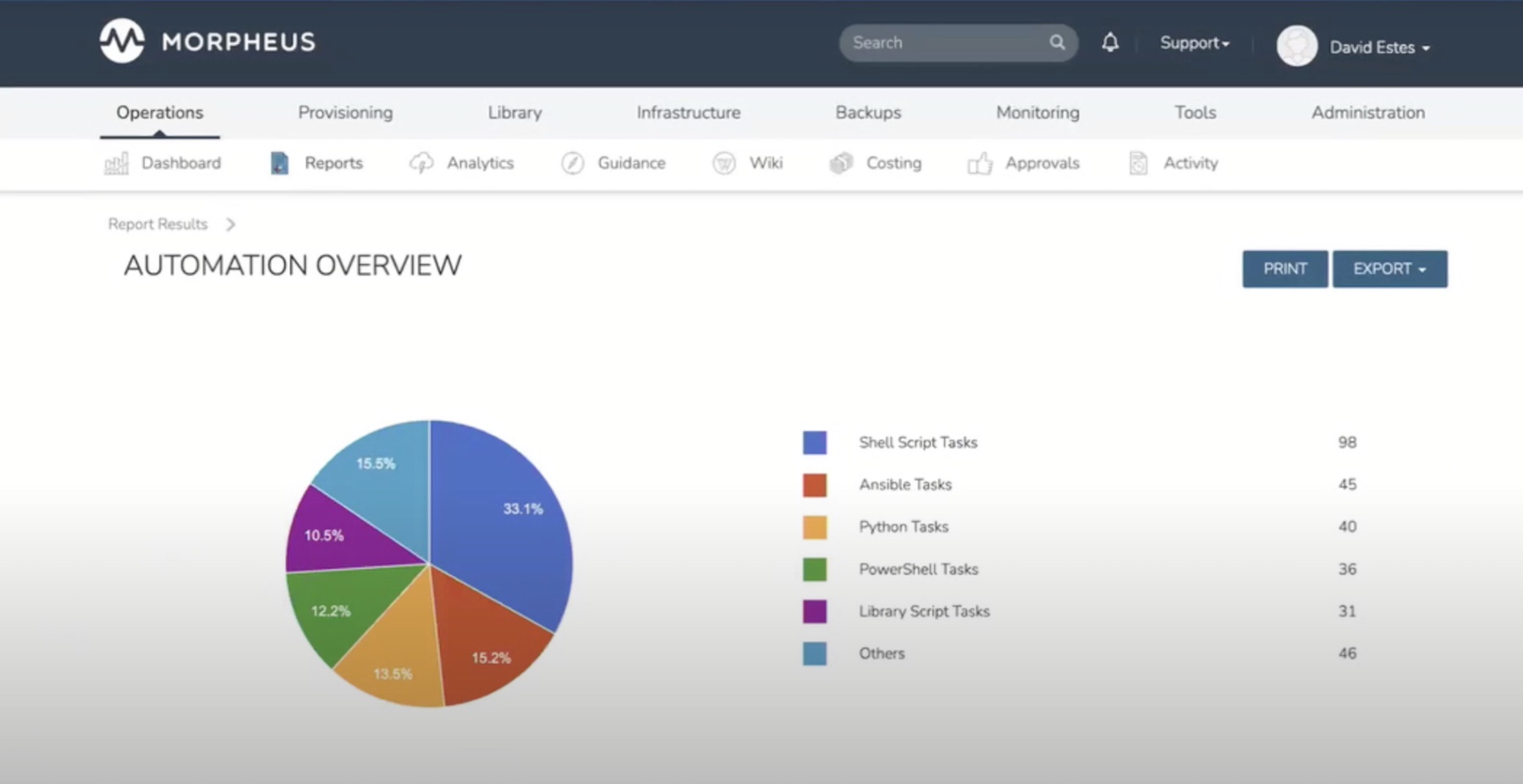
The Morpheus Platform also enables new infrastructure integrations like IPAM and DNS. Mr. Reed added, “The plugin framework allows us to be able to add in third party DNS integrations, load balancers, backup and various capabilities, to extend that beyond of what’s included out-of-the-box”
Morpheus v6.0 LTS introduced a number of new built-in plugins, as well as plugin migration that allows users to migrate these integrations from the core codebase into dedicated plugins.
“That provides us a solid foundation to first, understand some of the things that our users are going to experience when they perform plugin development, but also allows us to take advantage of many of the things that the plugins help with, such as the ability to be more agile as it relates to the development of integrations, to take advantage of the ability to not have to upgrade the entire platform to take a fix or a specific integration whether to DNS or IPAM. So that way, those things can then be decoupled from a life cycle perspective,” he explained.
Morpheus Data has a hosted repository, the Morpheus Exchange, where all plugins curated by Morpheus Data are listed and available to download.
Trimming It Down
Sometimes too many plugins is a bad idea. It balloons up the size of the deployment making the solution unstable. The Morpheus platform affords users the flexibility to loose plugins when required. When a user is not using certain plugins, they can plug them off and reduce the deployment footprint.
“There’s an embedded plugin section where you can pull them out. You have the ability to download plugins from share.morpheus.com or basically clean out those embedded, if you would like to do that. We might see in the future where OEMs do it to restrict what offerings they might have,” explained David Estes, Co-Founder and CTO.
The Morpheus platform is available for buying on AWS marketplace as a private offering, but the platform is set up and deployed in the client environment through their service organization, or a third party.
Wrapping Up
In a software solution, agility comes with the ability to configure and reconfigure as the business goal and bottom line change. Off-the-shelf software solutions often have long-term side-effects that accumulate to technical debt. The Morpheus platform’s extensibility feature enables users to bypass using too many solutions to get the desired feature-set, and altering their business needs and ways of working to make it work. Built with usability and agility top of mind, it serves organizations in the way they need and not the way it can. The long-term viability of a solution like this is unquestionable.
For more, watch Morpheus Data’s deep-dive presentations of the platform at the Cloud Field Day event.

